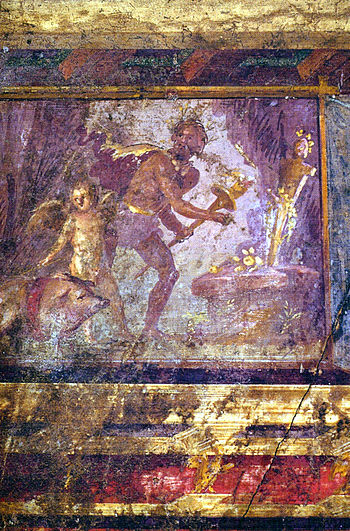You may really wonder why Reiki is such an in demand topic for many people. All over the world, it is being practiced for healing purposes. There are some concepts that surround it which you are required to understand most especially if you do manifest an interest in the methodology used in the practice of Reiki. Moreover, the latter is the conventional Japanese type of hands-on healing. Through time, the traditional sense of Reiki has been quite forgotten with the many variations that have already evolved. The system that is known to this contemporary world is no longer in its original state. Taking up a Reiki instruction will open your eyes to its many varieties. There are numerous branches that exist nowadays as well as different modes of instructions used. Those who practice Reiki therapy go through a system of instruction as divided into levels and they earn their degree and certification too.
The Reiki practitioner can come from any part of the world, study at different institutions or Reiki clubs, and be under different Masters too. Generally, the very first form of Reiki was divided into three degrees or levels with an addition, that is the Master Level or Master Degree. After the completion of the latter, a practitioner qualifies to train others.
Anyhow, there are multiple branches of the instruction. Take a look at their different forms by reading below.
The Usui Shiki Ryoho. Originally pioneered by Mrs. Takata, several other solitaries like the Reiki Alliance Masters began to form. As a part of the oral tradition, this medium of instruction employs three degrees which are taught to the learners. The first degree covers four attunements including mythos and history, the hand positions, and the channeling of Reiki energy for self-healing and in healing others. The second degree impart more forms of attunements that cover the teaching of three among the four sacred symbols, healing of mental as well as emotional disorders, and the absentee or distance healing. The Master Degree involves only one attunement and that includes the fourth sacred symbol as well as the techniques for the channeling of more energy.
The Raku Kei Reiki. Someone by the name of Iris Ishikuro who trained under Takata contributed much to this branch of the instructional system. The term Raku Kei Reiki is also called "the way of the Fire Dragon". It is comprised of the directional energy flow wherein Raku signifies the vertical flow while the term Kei means the horizontal energy flow. Both the first and the second degrees are discussed in a class that touches on the positions of the hand, the techniques in healing, the four traditional symbols, the distance healing, and the use of the Master Frequency plates. The third degree on the other hand promotes three attunement levels along with the two other additional symbols, the use of crystals, herbs and white light in healing.
The Tera Mai or Tera Mei Seichem. A few changes have been made to this type of instruction which covers the energy activation of the Angelic light, Sakara, and Sophi-el. There are also symbols which have been added to the older ones.
The Usui or Tibetan Reiki. This mode of instruction combines the traditional and the understandings expressed by Rand and Raku Kei.
A learner has the option to choose which Reiki instruction he feels to study. The Masters are everywhere and one has to simply get in touch with them.

















